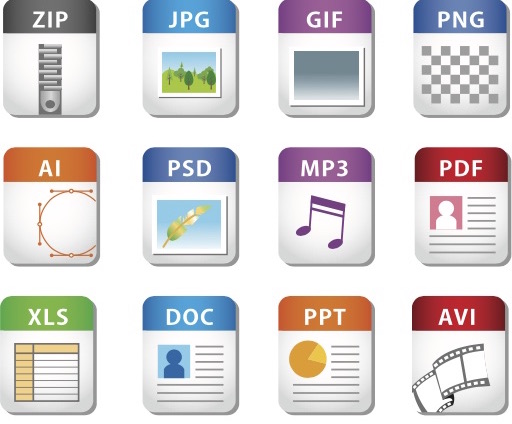As the popularity of QuickHash has gradually risen over the years, I sometimes drop into conversation about this “program that I make for people” or am I asked about it. When I reply, my friends and family usually reply with “Oh…what is data hashing?” followed by “but thats just something for geeks, digital forensics folk and tech guys, isn’t it?“.
Well lets explore that. It’s 2018 and pretty much everyone everywhere has access to a computer, the Internet, and a mobile phone, or at least just a mobile phone. Data is now a valuable commodity. Cybercrime is spreading like a cancer and almost everyone anywhere is a potential victim. And yet we see web publishers and companies making files available online with just a “click here to download“. It might be PDF, a picture file, or more commonly of course, a program. But is a PDF any less likely to be harmful than a download of an executable program? On the face of it, no. A PDF is not a program so why worry about it? But how does the user KNOW that what they are downloading is just a harmless PDF if the person distributing it does not include a hash of the file on their website? What if that PDF has something malicious buried inside it because the company running the website was unaware they were hacked last night and a hacker replaced that PDF with a similar copy containing malicious content? Or worse still, replaced it entirely from a PDF to an exe but just kept the filename the same?
This is where data hashing becomes relevant, to everyone. Not just the tech geeks and coders and website builders. Everyone. People working in an office, the local pet shop, the newsagent, the hairdressers. Anyone who uses a computer to download anything could potentially fall victim to this kind of thing. Data hashing won’t eradicate this but it will help a great deal. If the user sees a file for download, no matter what that download is, and it is accompanied by a published hash value that the website developer stated as being valid, then any user can check that hash before they open the file.
That is what QuickHash was made for. To enable anyone, technically minded or not, to easily hash everyday data. That is why it needs no installation and easily enables a simple drag and drop of a file. Just download the file, launch QuickHash, drag the file into QuickHash and check the result matches the published hash on the website. When I first made the program for Linux, it was because Linux was not that easy to use at the time, and data hashing was a bit of a fiddle.
Everyone needs to be considering data hashing these days. Not just those of us who are interested in technology, or those of us who are paranoid. Everyone. Spread the word.
To start using Quickhash today, visit the downloads page.
(another interesting read is https://blog.codinghorror.com/speed-hashing/ )




Leave a Reply